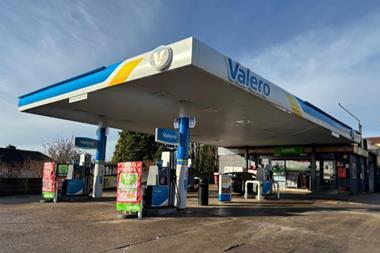Average sales in forecourt convenience stores have increased despite declining site numbers, according to the IGD’s Convenience Retailing 2006 report.
Although the total number of forecourt-based c-stores fell by 3.6% over 2005, the report found that average sales per store had increased among the remaining 8,964 stores.
The number of dealer-owned stores also increased by 4.2% (210 stores) as the oil companies continued to divest of their sites. This has led to the growth of large-scale ‘dealer-owned, dealer-operated’ groups, says the report’s author Stewart Samuel, senior business analyst: “The forecourt sector will become stronger as these groups focus on an improved retail offer,” he concludes.
While the number of petrol stations in the UK has now dropped below 10,000, an increased proportion of the remaining sites (91%) are now classed as true c-stores. This, the report suggests, means that those sites with a good c-store are more likely to remain in the forecourt sector than those without and as numbers continue to contact the viability of the remaining sites will increase.
The total convenience sector is now valued at £24.9bn, an increase of 4% over last year, and is outpacing growth in the overall food and grocery market. This equates to every adult in the UK spending, on average, almost £10 a week in c-stores.

































No comments yet